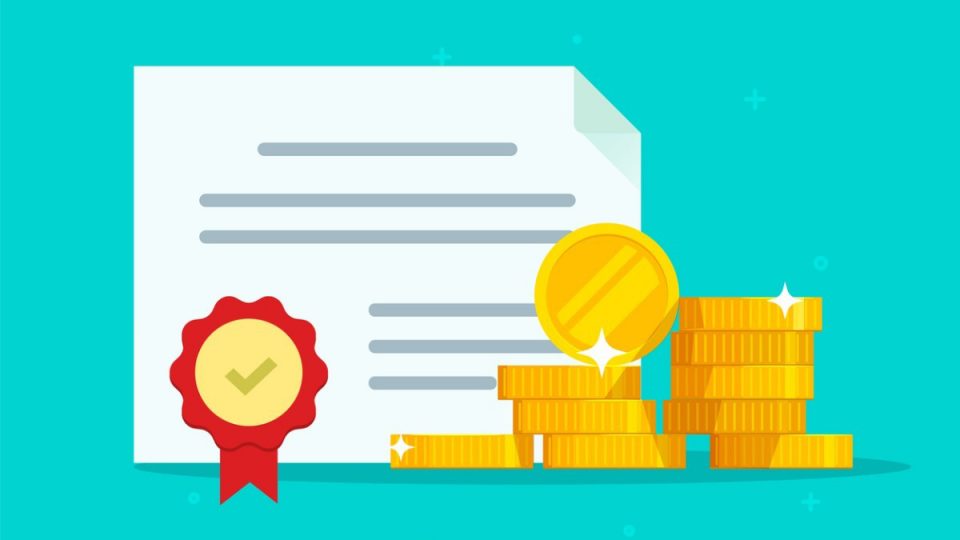ESOP Participants Benefit From Higher Retirement Savings
Employee-owners at S corporations can accrue benefits leading to superior retirement readiness.
Employee-owners of S corporations have a retirement readiness advantage over their 401(k) plan counterparts.
Jerry Ripperger, national vice president of stock plan services consulting at Principal, explains that workers’ retirement readiness is greater when they are in S corporation employee stock ownership plans, because participants build equity in the company that they work for. S ESOPs promote broad company ownership, which “is a good public goal” with greater opportunities for employees to fund their retirement, he says.
“It’s a way to share wealth across all those that are generating wealth on behalf of the organization,” Ripperger added. “I can’t control how Amazon does, or Google, [but] I can control—to some degree—how [the] company that I work for does. It creates a line of sight and this ability to actually influence those results and reap the benefits.”
ESOPs offered by S corporations are tax-deferred defined contribution plans. S ESOPs allow companies to provide compensation to employees through ownership interest in the company, like ESOP plans from C corporations.
Among employers with an S ESOP retirement plan option, 57% offer it in addition to a pension or defined contribution plan, according to research released last month from Ernst & Young.
The report analyzed trends in S ESOP retirement plans from 2002 through 2019, including S ESOPs’ net asset value, number of participants, average account balances and distributions to participants. The research also estimated benefits that accrue to employee-owners working for S ESOP firms.
The research, “Contribution of S ESOPs to Participants’ Retirement Security and Employee-Owner Benefits,” prepared for the Employee-owned S Corporations of America, found that ESOPs distribute 25% more per participant than 401(k) plans, on average.
Ernst & Young also found that the average total cumulative return per participant for S ESOPs from 2002 through 2019 was over $300,000, for a compound annual growth rate of 12.1%, one-third higher than the returns from the S&P 500 over that time, when its Total Returns Index grew at a compound annual rate of approximately 9%.
In addition, from 2002 through 2019, S ESOP participants received an annual average of $5,900, while 401(k) plans distributed an annual average of $4,700, the research showed. After the Great Recession, S ESOP participants received an annual average of $6,700, while 401(k) plans distributed an annual average of $5,400; S ESOPs distributed approximately $1,350 (or 24%) more to participants during this period.
“The findings are yet another data point demonstrating the relative strength of ESOP ownership inside a privately held company and the added benefits of having an ESOP not only to the company, but more importantly to the employees who own the company through the trust,” says ESCA President & CEO Stephanie Silverman. “Having an ESOP isn’t just about returns; it’s a cultural change, and it requires a lot of commitment from the company to the employee-owners.”
S ESOPs can accrue advantages that also benefit the business, a previous study on ESOPs from the National Center for Employee Ownership found. They serve as a retention tool as well as a cushion for employees to be more financially resilient in a crisis.
A typical S ESOP-owned corporation is 90% owned by employees, Silverman says.
“It’s important to remember that with an ESOP, almost all of the contributions to an ESOP account come from the company, virtually none come from employees themselves, so this is an added benefit provided by companies to employees as a way to enhance their retirement savings,” she explains. “In most, if not all of the other qualified retirement savings plans, employees are putting in their own money.”
She adds that S ESOP companies tend have a different outlook, and that having an S ESOP available changes the culture of a company. “People stay in their jobs longer and the company loses less energy, money, brand relationships, because they lose fewer people [and] turnover is lower,” she explains. “People work harder when they’re working for themselves.”
The IRS and Department of Labor regulate S and C ESOPs, which are not appropriate for every company, Silverman notes. The IRS’ tax code Section 409 T details, for example, “that these structures need to be broadly held, [and] you can’t start a sole practitioner business and then turn yourself into an S Corporation, because the law was intended to create [a] broad-based benefit to workers, and so there are anti-abuse rules that are pretty clear,” she says. In addition, owners of LLC corporations are not permitted, and ESOP participants cannot be non-U.S. nationals living outside of the U.S.
Retirement plan participants with an S ESOP available tend to benefit in other important ways not provided by 401(k)s and DC plans, Silverman adds.
“While not every company outperforms the market, [the Ernst & Young research] is a very large sample of companies and a very strong proof point that there are cultural and other benefits inside of an ESOP that continue to increase their value and therefore the value to participants and give that extra layer of retirement security that employees might not get elsewhere,” she says.



